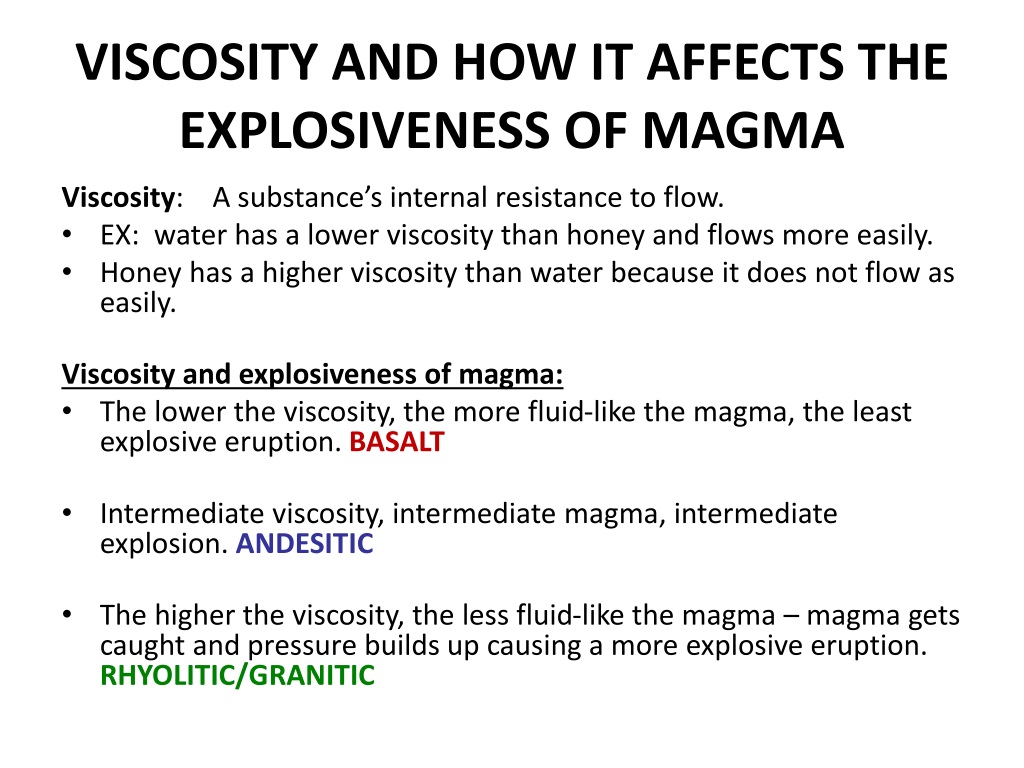
Cryovolcanoes may potentially form on icy moons and other objects with abundant water past the Solar System's snow line (such as Pluto ). After the eruption, cryomagma is expected to condense to a solid form when exposed to the very low surrounding temperature. Collectively referred to as cryomagma, cryolava or ice-volcanic melt, these substances are usually liquids and can form plumes, but can also be in vapour form. The process of formation is known as cryovolcanism.

Doom Mons, one of the most reliably identified cryovolcanoes on Saturn's moon Titan Ī cryovolcano (sometimes informally called an ice volcano) is a type of volcano that erupts volatiles such as water, ammonia or methane into an extremely cold environment that is at or below their freezing point. Image of the Jabal Bayda tuff ring in Saudi Arabia.For the related landform on Earth, see Ice volcano. This phenomenon has been seen at numerous ocean islands, including the island of Surtsey off of the southern coast of Iceland (these type of explosive eruptions are often referred to as Surtseyan eruptions).įigure 4. In the case that an island is building vertically from the sea floor there will be a point as the island reaches the surface when the confining pressure is no longer a factor and the magma-water ratio reaches a point where explosive activity can commence. Some local fragmentation can occur on the surface of submarine lava flows, but erupting lava stays mostly intact and commonly form pillows due to rapid cooling. Due to incredibly high water-magma ratios and a large amount of confining pressure from the water column above, explosive interactions in deep bodies of water are limited. Submarine volcanism is another type of hydrovolcanic eruption, but because submarine volcanism is discussed in great detail elsewhere on the Volcano World website this discussion will be brief. These littoral cones may look similar to other tuff rings or cones, but the lack of a vent makes them unique. When lava flows into a body of water rapid fragmentation can occur and small cones of fragmented ejecta can form. Examples of these interactions are commonly seen at ocean islands like Hawaii. In discussing hydrovolcanic phenomenon it is also important to discuss lava-water interactions. Tuff cones commonly form when rising magma is emplaced into a shallow body of water. If abundant water is present (water to magma >0.3) at the time of eruption the fragmentation process will be less efficient and eruptive products will be water saturated allowing the structure around the vent to steepen beyond the natural angle of repose. The factors that dictate rather an eruption will create a tuff ring or tuff cone are the relative amounts of water and magma and the duration of the eruption. Tuff cones are smaller, steeper versions of tuff rings, resembling cinder cones (Figure 2). Tuff rings also typically contain more juvenile material than maars. This interaction can simply occur when rising basaltic magma encounters groundwater at the surface ( Figures 2 and 5). Tuff rings differ from maars in that the magma-water interactions that form tuff rings occur on the Earth's surface. Tuff rings are another landform commonly associated with hydrovolcanism. Image of one of the Inyo Craters (small maar), eastern California. Maars are typically easy to distinguish from other hydrovolcanic features because they excavate the subsurface and leave craters in the ground. Maars form when rising magma comes into contact with subsurface water (an aquifer for example) and subsequent phreatic explosions excavate a hole in the country rock. Maar volcanoes are simple circular depressions surrounded by gently sloping beds of highly fragmented pyroclastic material (Figures 3 and 4). Figure from Francis and Oppenheimer (2004). Diagram showing various hydrovolcanic landforms and the type of water reservoir, water to magma ratios, and mechanical energy where the different constructs are likely to form. In this section we will discuss various volcanic landforms that form from the interaction of magma and water.įigure 2 (right). Along with being highly fragmented hydrovolcanic eruptions are typically dispersed over smaller areas, likely due to the increased density of a wet eruption relative to a similar dry eruption.

As discussed in the introduction to hydrovolcanism, deposits from hydrovolcanic eruptions are typically highly fragmented due to the explosive nature of the interaction.

The main factors that control the type of landform created from interaction of water and magma are the ratio of water to magma and the depth within the crust the interaction ta kes place.


 0 kommentar(er)
0 kommentar(er)
